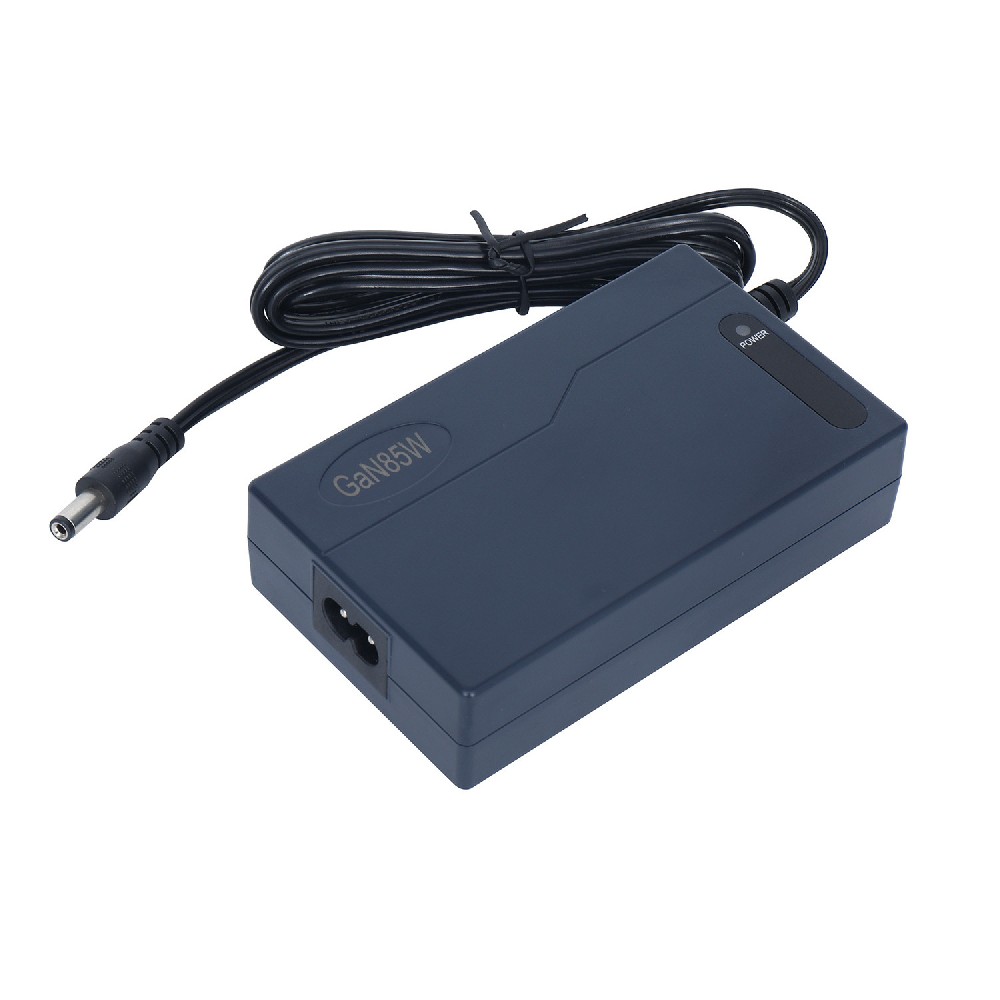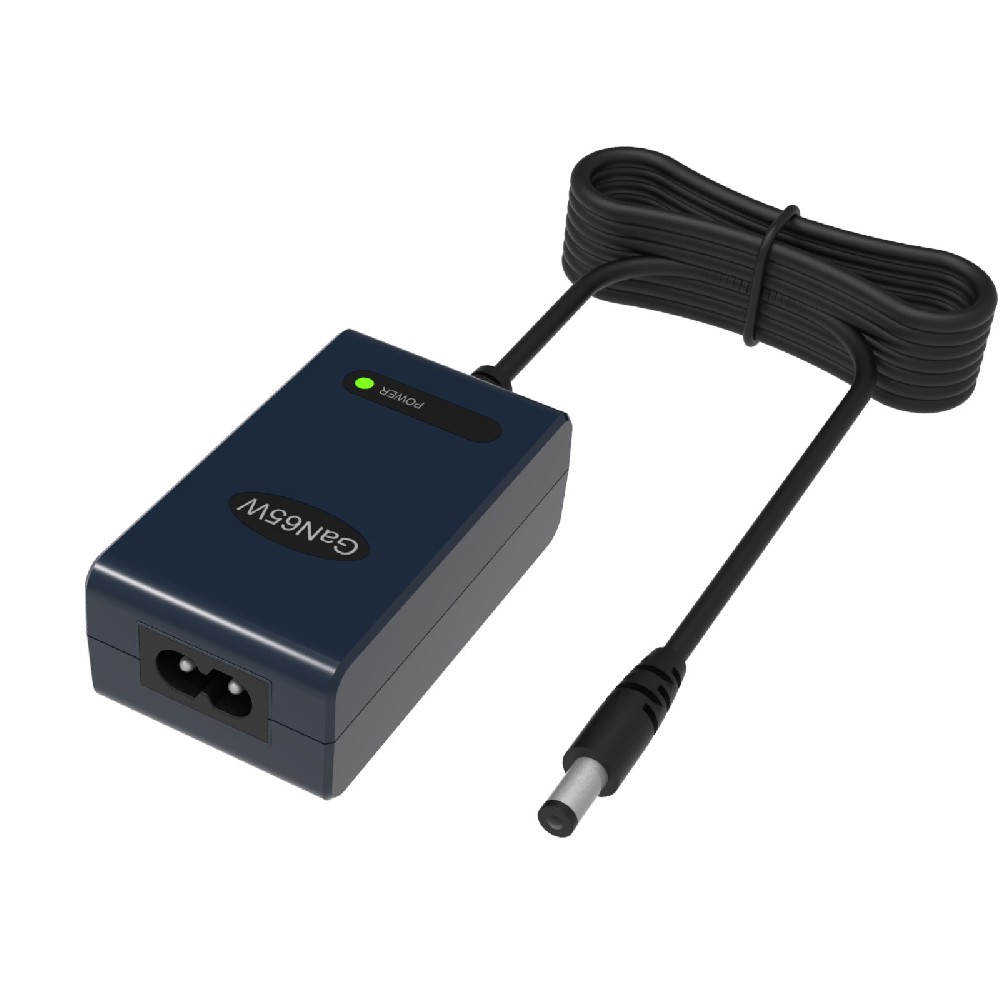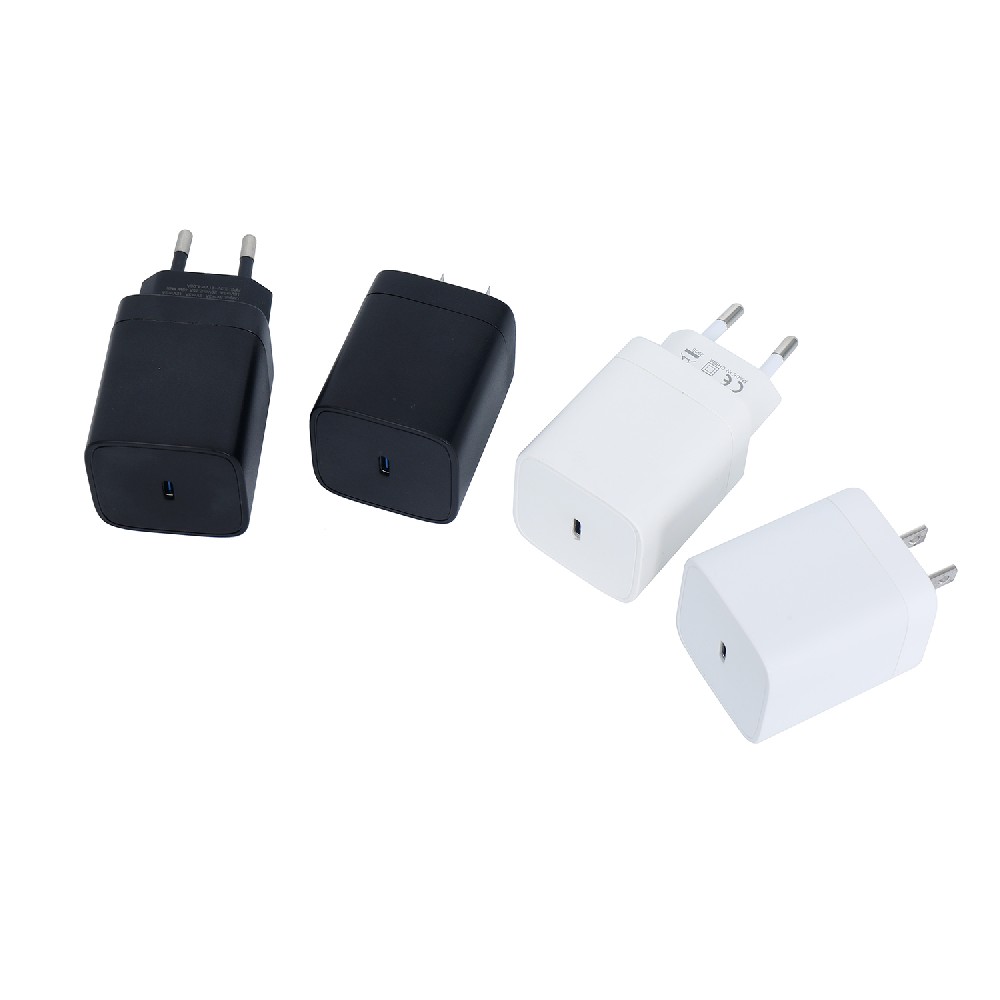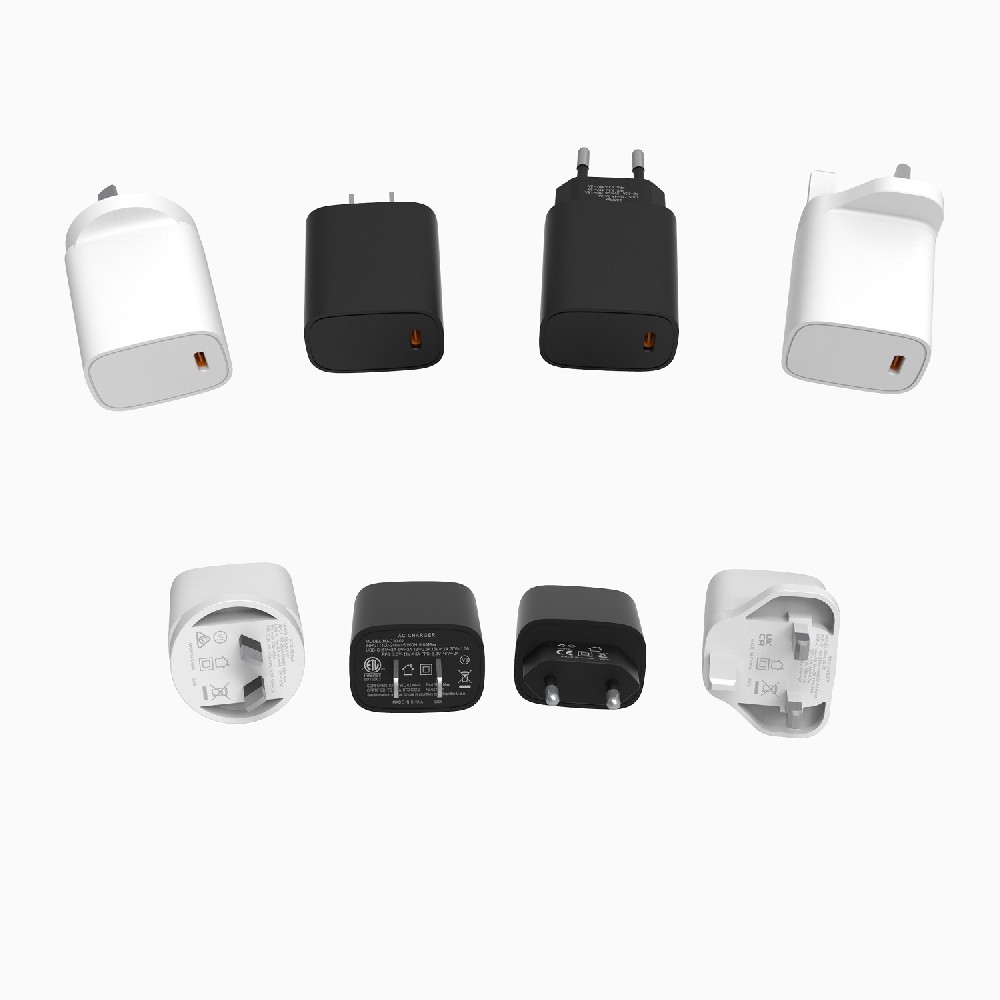Information Center
Everything You Need to Know About Car Battery Replacement
Published:2023-06-26 00:33:24 Author:Green WCND Views:64Car Battery Replacement – Here’s What You Need to Know

A car battery is one of the most vital components of a vehicle. Not only does it help the car start, but it also powers various electronics and gadgets. It’s therefore no surprise that when a car battery dies, it can be a cause for concern to car owners.

In this article, we’ll explore why car batteries fail, how to diagnose a dead battery, and what you need to know about replacing them.

Why Do Car Batteries Fail?
Car batteries have a finite lifespan, which means they’ll eventually degrade and stop functioning. Several factors can contribute to a battery’s deterioration, including:
1. Age: Typically, car batteries last three to five years; however, some might wear out faster due to weather conditions, frequency of use, and charging habits.
2. Parasitic Drain: Parasitic drain occurs when electronics in the car continue to run even when the engine isn’t running, causing the battery to lose power.
3. Poor Maintenance: Over time, debris and dirt can accumulate on the battery terminals and battery tray, which can cause corrosion and prevent the battery from functioning properly.
How to Diagnose a Dead Battery
When a car battery dies, there are a few tell-tale signs to keep in mind:
1. Your engine doesn’t start, or there’s a delayed ignition.
2. The headlights and interior lights are dim.
3. The dashboard warning lights keep flashing.
4. There’s a clicking sound when you try to start the engine.
If you suspect that your battery is dead, the best way to determine its condition is to run a load test. A load test involves discharging the battery and then measuring the amps it can produce over a certain period. The test can be done at a local auto repair shop or mechanic.
What You Need to Know About Replacing a Car Battery
Once you’ve confirmed that your car battery is dead, it’s time to replace it. Here’s what you need to know when replacing a car battery:
1. Safety First: Old batteries can leak dangerous chemicals, so make sure to wear safety glasses and gloves when removing it. Also, ensure that the engine is off and that the car is in park with the handbrake on.
2. Correct Size and Type: Car batteries come in different sizes and types, so make sure to choose the correct one for your vehicle. Check the owner’s manual or consult with a professional to find the right battery.
3. Installation: Installing a battery involves removing the old battery and replacing it with the new one. Ensure that the battery terminals are clean and that they’re connected correctly.
4. Maintenance: To extend your battery’s lifespan, clean the terminals and tray regularly. Also, ensure that the battery is fully charged and avoid parasitic drain by disconnecting electronics when the engine isn’t running.
Conclusion
In conclusion, a car battery is a crucial component that deserves proper care and attention. Knowing why batteries fail, how to diagnose a dead battery, and how to replace one can save you time and money in the long run. By following the tips outlined in this article, you can ensure that your car starts without fail and that your battery lasts longer.
The battery pack is the heart of a golf cart, silently powering every acceleration and climb on the green. However, battery degradation often goes unnoticed, mu···
The battery pack is the heart of a golf cart’s power system, yet maintaining it has long been a challenge for technicians. Traditional troubleshooting methods—···
For golf course managers, ensuring smooth and efficient operations is crucial for providing a memorable experience for golfers and maintaining the reputation of···
A battery tester ensures golf course cart batteries operate efficiently and reduces downtime through the following ways:I. Precise Battery Condition DiagnosisOp···





